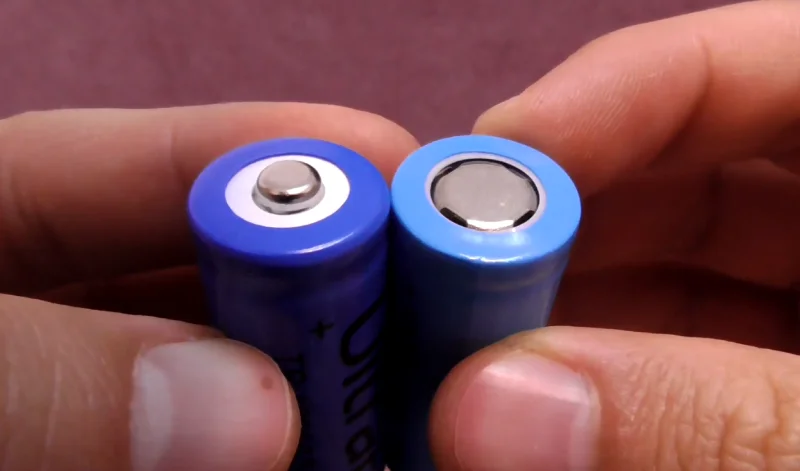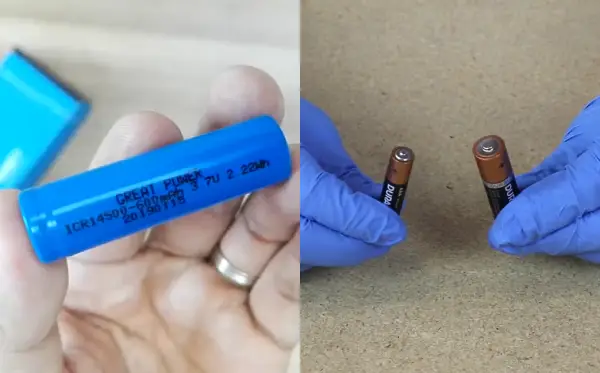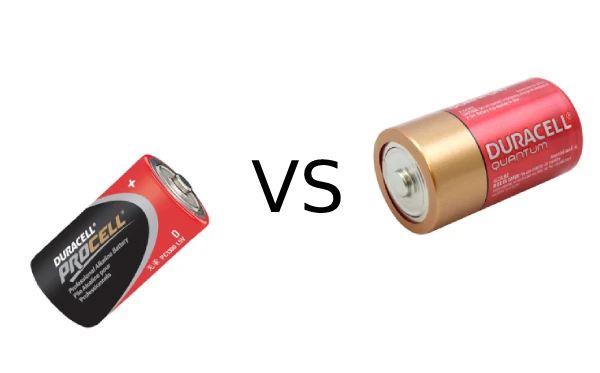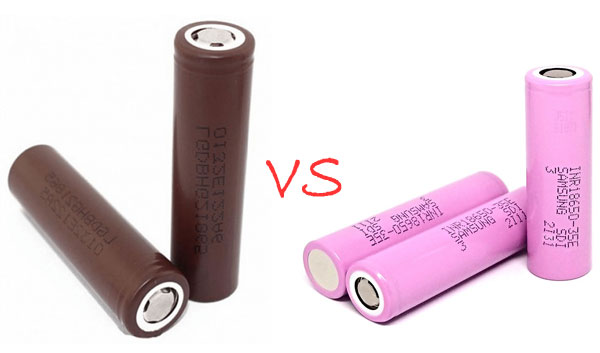18650 flat top batteries have a smooth, flat negative end, while button top batteries feature a raised positive end. These design differences affect compatibility with devices and chargers.
Understanding the distinction between 18650 flat top and button top batteries is crucial for ensuring proper battery use in your devices. Batteries are a vital component in the world of electronics, powering everything from laptops to flashlights, and choosing the correct 18650 battery type can impact device functionality and lifespan.
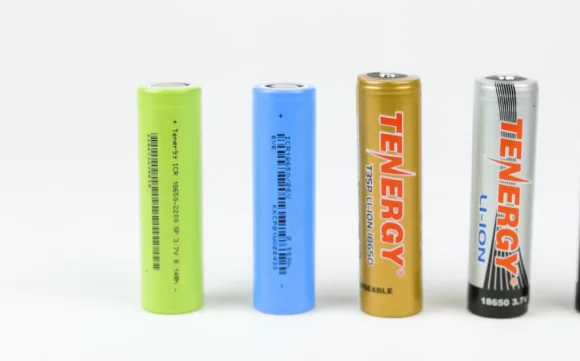
The flat top version is commonly used in devices that require a flush battery fit, including certain high-powered flashlights and various electronic mods. Conversely, the button top is often preferred for devices that need a protruding positive end to ensure a secure connection. Selecting the right battery type not only ensures compatibility but also enhances the performance and reliability of your electronic devices.
Physical Differences
The 18650 flat top and button top batteries differ mainly in their design. A button top battery has a protruding end that sticks out beyond the flat positive terminal. This added end looks like a small button, hence the name ‘button top.’ It usually adds to the total length of the battery, making it longer than flat top models.
In contrast, the flat top battery possesses a flat positive terminal. This provides a sleek design that sits flush with the battery casing. Due to their design, flat tops are often shorter than button tops. This can be crucial for devices with tight battery compartments.
Button top batteries may not fit in devices designed for flat tops due to their added length. They also tend to be less common than flat tops, which may affect availability. On the other hand, flat top batteries offer broader compatibility with a range of electronic devices but might not make a proper connection in devices meant for button tops.
Compatibility
Button top 18650 batteries often pair with flashlights, headlamps, and small electronics. These batteries have a protruding end, like a button. This design fits devices that need this extra length for a solid connection. Some specialty gear also specifies button top batteries for optimal performance.
- Tactical flashlights
- LED headlamps
- Certain remote controls
- Specialized laser pointers
On the other side, flat top 18650 batteries are great for larger packs. They work well in electric bikes and power tools. A flat surface allows these batteries to stack easily. Many vaping devices also require flat top batteries. Manufacturers often design these products with battery sleds that fit flat tops.
- Electric bicycles (e-bikes)
- Power tools
- High-drain vaping mods
- Custom battery packs
Performance
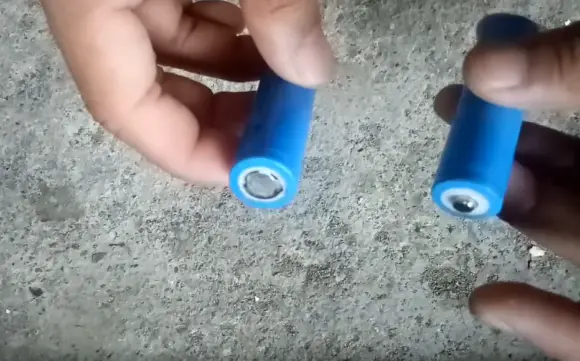
The voltage output of 18650 batteries is crucial for device performance. Flat top cells are often used in battery packs. They are connected in series or parallel. This method can increase overall voltage or capacity. Button top cells are great for individual devices. Devices like flashlights use one battery at a time.
Good heat dissipation is key to a battery’s lifespan. Both types must manage heat well. Batteries can get hot when used a lot. Special materials in the batteries help spread the heat. Some devices have their own ways to cool batteries down.
Safety Considerations
Understanding the safety risks of 18650 batteries is crucial. Short circuits can occur if batteries are not handled correctly. This is especially true for flat top batteries, which may not feature the protective protrusion that button tops do.
We need to remember that these high-capacity cells pack a lot of power. This means they can get very hot, leading to potential risks if they are overcharged or exposed to high temperatures. It’s not just about choosing between flat top and button top; it’s about safe usage and handling regardless of the type.
Keep batteries away from metal objects and in a cool environment. This helps prevent short circuits and overheating. Always use a quality charger designed for these types of batteries to maintain safety and battery health.
Application

18650 batteries come in two types: flat top and button top. Flat top batteries are essential in industrial applications. They power electric vehicles and large-scale energy storage systems.
The button top design is common in consumer electronics. These batteries fit well in flashlights, portable power tools, and small electronic gadgets. The protruding button ensures a solid connection in devices designed for their use.
Both types are rechargeable and offer long-lasting performance in their respective uses. The choice between flat and button top depends on device compatibility.
Frequently Asked Questions Of 18650 Flat Top Vs Button Top
Will Flat Top 18650 Battery Work In Flashlight?
A flat top 18650 battery may work in flashlights if they are designed to accept that form, but some flashlights require button-top batteries for proper contact. Always check your flashlight’s specifications.
Which 18650 Is Most Powerful?
The most powerful 18650 battery depends on the context, but high-capacity options like the Samsung 30Q or the Sony VTC6, which both offer around 3000mAh and high discharge rates, are among the strongest contenders.
Do Vapes Use Flat Top Batteries?
Yes, many vapes require flat top batteries, as they are a common design for mod and vape devices. Different models may need specific sizes, so check the device requirements.
What Are The Two Types Of 18650 Batteries?
The two types of 18650 batteries are protected and unprotected batteries. Protected 18650s have a circuit for safety, while unprotected ones do not.
Conclusion
Deciding between 18650 flat top and button top batteries hinges on your device’s requirements and personal preference. Both offer reliable power sources for various applications. Ensure compatibility and keep safety in mind when choosing. Your ideal battery awaits, whether for high-drain devices or everyday electronics.
